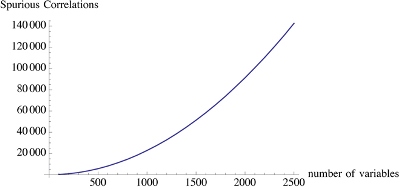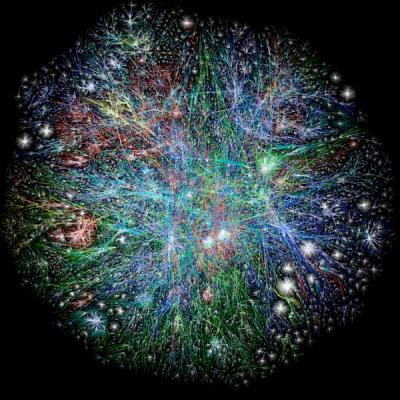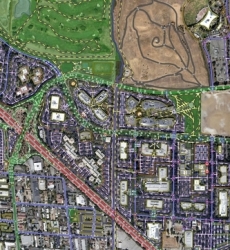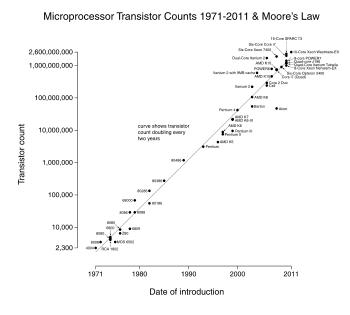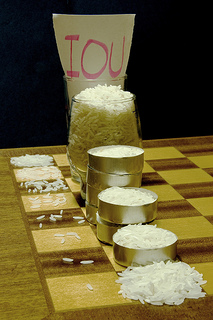“There has been a shift in our thinking,” said Scott Huffman, an engineering director in charge of search quality at Google. “A part of our resources are now more human curated.”

This is an except of an interesting paper, Computer Algorithms Rely Increasingly on Human Helpers. Where you discover that humans are increasingly being used to increase the relevance of some choices where algorithms struggle.
According to the paper, there would be an increasing trend in putting humans at the core of certain processes to enhance them. Is that a temporary fix until new algorithms appear that would be better or is it a durable trend? Actually there seems to be two types of human intervention:
- those that do systematic data churning like the Facebook and Google Indian offices that administer part of the services – they will be replaced someday by a machine (like we had mentioned in our post on Google Maps, there are armies of people behind many of the internet services we are using daily, that link or correct information that machines cannot link or understand properly.)
- those that work to improve the machine (algorithms), which are those mainly described in the paper and which number will remain steady or increase in time.
Internet is an ever complex machine that needs engineers and technicians to improve the tools. When it comes to the borders of human nature and psychology, humans will remain for long at the core of the design of the machine.
Of course, the internet algorithms are still designed by humans. And as requirements become finer and finer, edging to psychology, humans are still indispensable, with an ever higher level of knowledge. And humans will remain so. Machines are not yet fully in charge!



